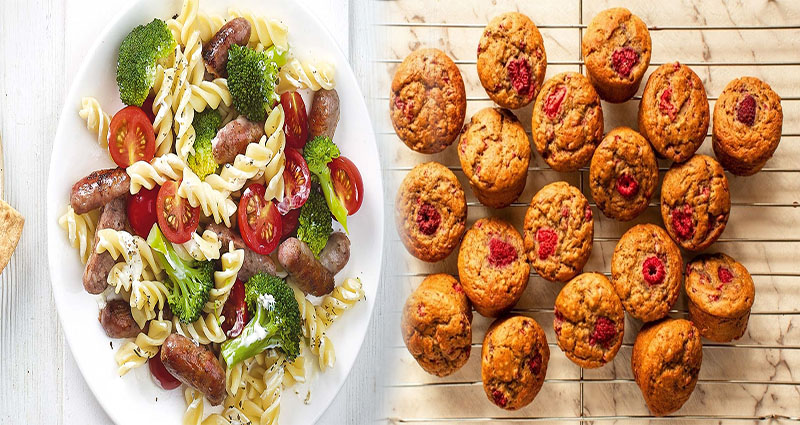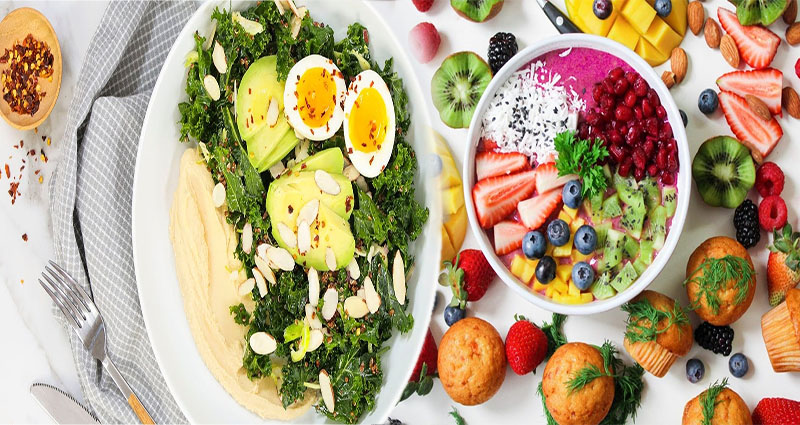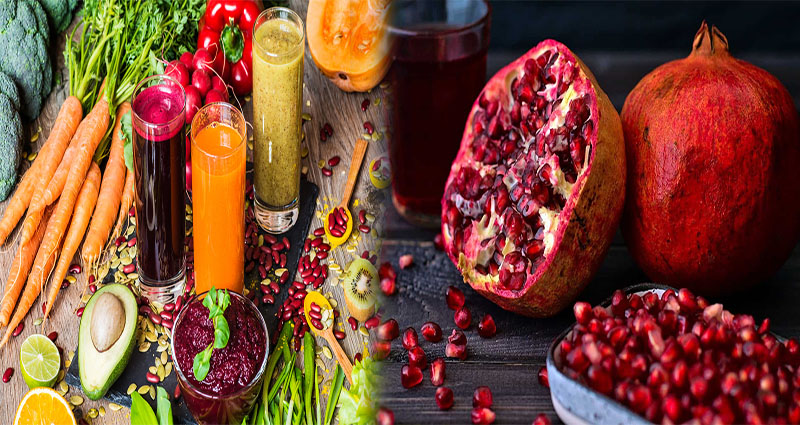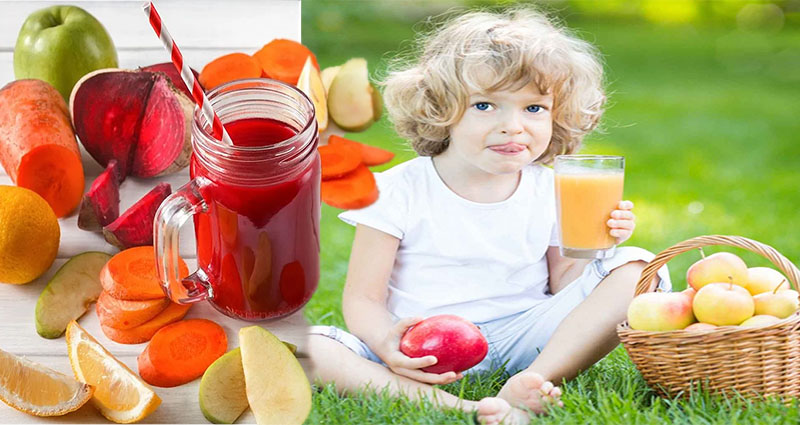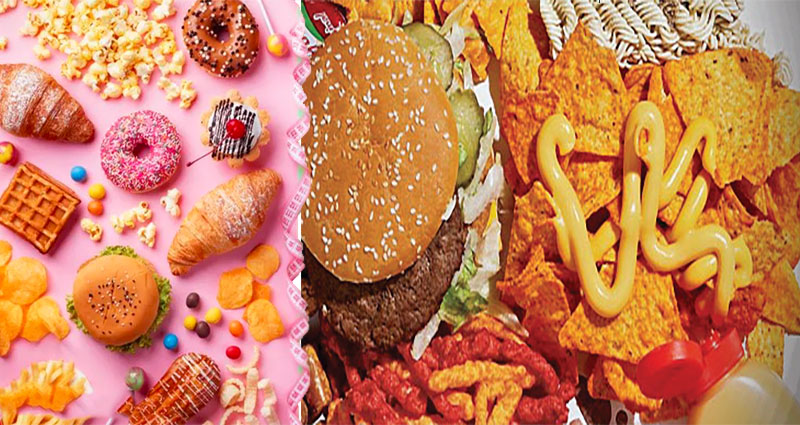Healthy Recipes for Kids
For those of you who are looking for some healthy recipes for kids, you have come to the right place. Here, you will find a variety of delicious dishes for your little ones to enjoy. Some of the meals include Paleo chicken nuggets, Green Machine Smoothie, Hawaiian Pizza with Honey Whole Wheat Crust and Broccoli potato soup.
Sweet and Crispy Chickpeas
Chickpeas are a tasty addition to many recipes. They are high in protein and fibre, and they make a nutritious snack for kids. They also provide a great source of iron and folate.
You can easily make these tasty snacks at home. Whether you want to serve them as an appetizer or as a topping on salads, roasted chickpeas are delicious. Using a reusable silicone baking mat is a great idea to keep them non-stick.
Roasting your own chickpeas is easy. You’ll only need five ingredients.

